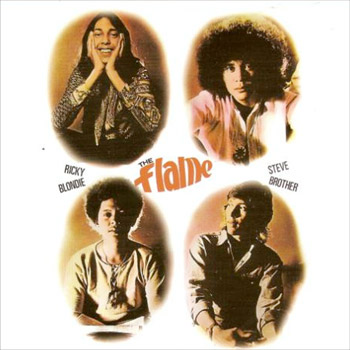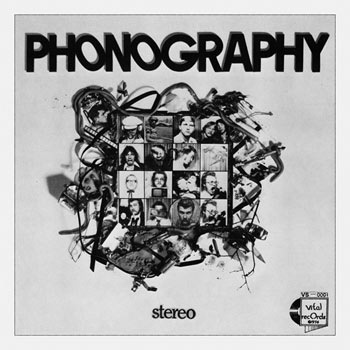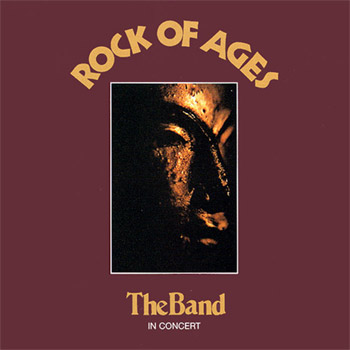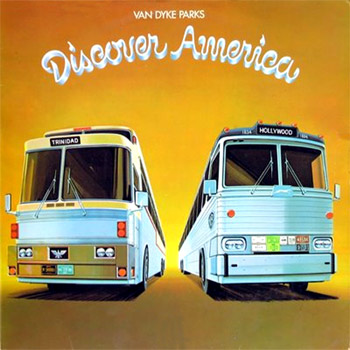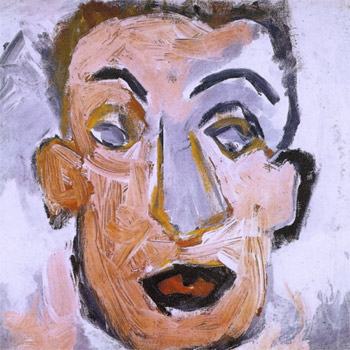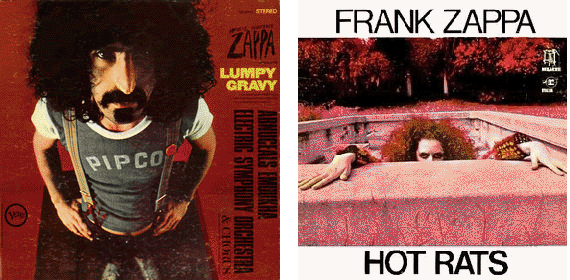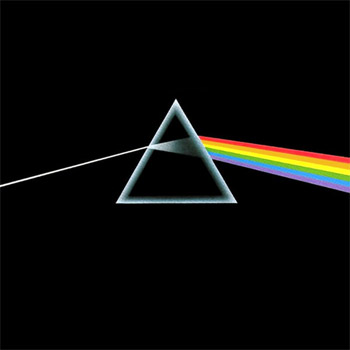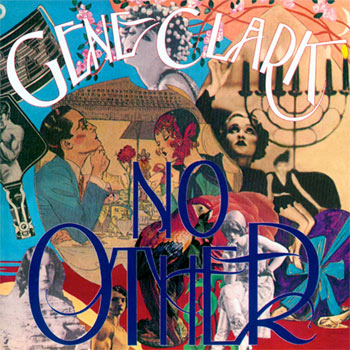uReview: Neil Young “Trans”

I was a late bloomer to Neil Young’s music and still no expert. But I’m curious about this synthesized 1982 departure called Trans. What’s the score on this one?
[ratings]
“We R In Control”
![]() CD Reissue | 1999 | Polydor | buy ]
CD Reissue | 1999 | Polydor | buy ]
![]() Original Vinyl | 1982 | Geffen | ebay ]
Original Vinyl | 1982 | Geffen | ebay ]
